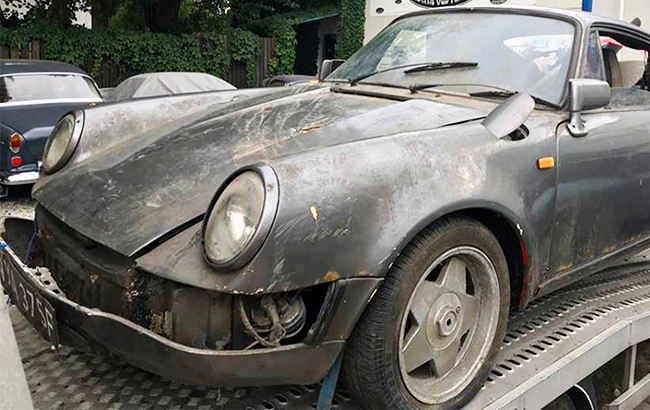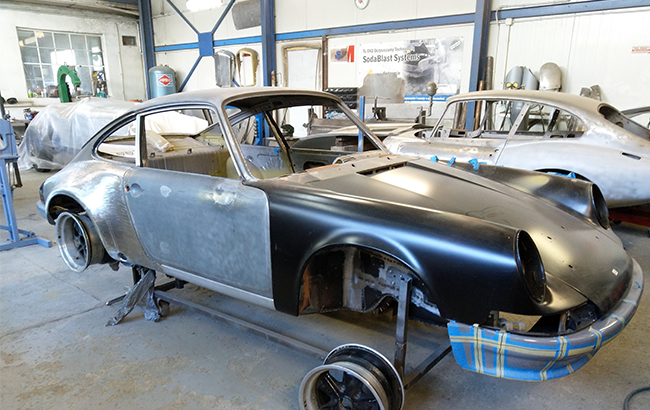A Race Against Time to Bring Back the Vintage Porsche 911
A classic car restoration company ABcar Oldtimers has recently entered a race of its own – a race against time. They are in the process of restoring a vintage Porsche 911 that was most likely driven by a famous Polish rally driver Sobiesław Zasada and they are trying to accomplish this engineering feat by the end of this year, which marks the 50th anniversary of the car’s creation. Thankfully, the team isn’t shying away from the challenge and is pulling out all the stops to get the job done. This includes the use of latest technologies, such as 3D printing.
A Historical Model
The Porsche 911 from 1969 was found by automobile journalist Patryk Mikiciuk, who decided to give it a second life by giving it a starring role in his popular programme on Polish Porsches. Initially, the plan was to restore it based on the 911 Carrera RS 2.7, the legendary version of the 911 built for the approval of the racing version, but taken apart, it turned out to be a rally car. After a short investigation, the team found a clue indicating that Zasada, who won the European Rally Championship several times and was a long-term consultant for Porsche, probably used the car for racing (it was most likely a 911 ST). The team’s aim is to recreate the Porsche 911 of the end of the racing era.

Mechanical Challenges
Working on the project is anything but smooth sailing, as the specialists face challenges at every step. They’ve found it challenging to find original parts, while numerous alterations and repairs over the years obscured the car’s original appearance. For ABcar Oldtimes time is of the essence, as they often spend months searching for and ordering individual parts with no guarantee that they will be in usable condition. Parts made from rubber are especially sensitive to the passage of time, crumbling and falling apart.
Getting the Job Done
That is why, restoring the vintage Porsche is a huge logistical endeavour with the whole team being involved in the project. This includes designers, tinsmiths, mechanics, painters and upholsterers. The tinsmiths’ work has almost been completed, culminating in the widening of the wheel arches and creation of unique bumpers. The team took the bold step of using the latest additive manufacturing technology to 3D print the bumper in six parts, which will be used to make a composite mould for casting the final part. This is no easy task: with no original part to rely on, the bumper model will be designed using photogrammetry, based on photos of the car’s front.

“3D printing is incredibly helpful. It speeds up work and limits costs linked to prototyping individual parts. Compared to mould milling, it reduces costs by an order of magnitude. This is our latest project working with Zortrax printers. We use the M300 Plus and M200 models when prototyping moulds and creating missing parts, such as bushings or gaskets. We will now experiment with using the printers to reconstruct the engine. We will print out individual parts and adjust them to the engine, and then mill, roll or cast them using the appropriate materials,” said Bartłomiej Błaszczak, Design & Engineering Director at ABcar Oldtimers.
Finishing Touches
The whole restoration process could take up to a year but the entire team remains determined to promises to use authentic parts or recreate them as faithfully as possible. With only a handful of old photos miraculously found in the archives, this will be a huge achievement when finished. Yet with reverse engineering and the aid of 3D printing technology, specialists can breathe new life into vintage cars. “Work on the Porsche continues. There are undoubtedly surprises and challenges ahead, but we are doing everything to have the car back on the road this year for its 50th birthday,” added Błaszczak.
When it comes to making models for the automotive industry you might also consider the use of flexible filaments which can give the prints rubber-like properties which allow the creation of prototypes of tires. See for yourself in our timelapse video down below.